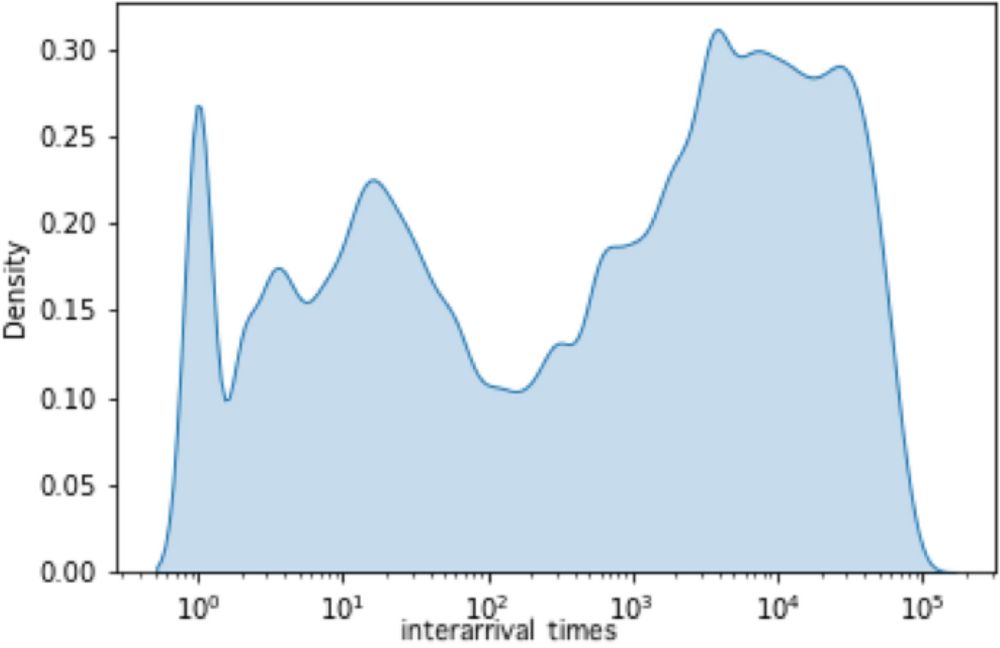Reposted by: David A. Broniatowski
And grateful to the Knight Foundation for supporting work on transparent methods for information integrity.
Full paper: doi.org/10.1038/s415...

The method helped us identify both overt and covert networks. Some shared links every few seconds. Others did it slowly but repeatedly, evading the usual red flags.

No guesswork. No black box.
We applied this to over 11 million Facebook posts from 16K high-engagement pages.

We do better.
Our method looks at two things:
1️⃣ How fast two pages share the same link
2️⃣ How often they do it over time

Coordinated sharing—whether by media groups, advocacy networks, or covert actors—can shape what people see online.

📄 “Coordinated Link Sharing on Facebook”
doi.org/10.1038/s415...
We introduce a statistically grounded, human-interpretable method to detect coordination on social media.

Reposted by: David A. Broniatowski
by Ethan Porter — Reposted by: David A. Broniatowski
Reposted by: David A. Broniatowski
Reposted by: David A. Broniatowski
Reposted by: David A. Broniatowski

Reposted by: David A. Broniatowski
He explains why these funds are essential and a critical investment for research in the United States.
www.linkedin.com/posts/david-...

Reposted by: David A. Broniatowski
Reposted by: David A. Broniatowski
by David A. Broniatowski — Reposted by: David A. Broniatowski
Ever wondered if AI chatbots actually follow public health guidelines when giving smoking cessation advice? 🤖🚭
Our latest study in J Med Internet Res evaluates ChatGPT-based chatbots on this! 🧵👇
📜 Paper: www.jmir.org/2025/1/e66896

Reposted by: David A. Broniatowski
@lorien.bsky.social , in collaboration with
Artin Yousefi, Christina Wysota, and Tien-Chin Wu -- was supported by a TRAILS seed grant.
Better AI can help people make more informed, healthier decisions! 🚭🤖
🔹 Chatbots can be helpful, but they need better training.
🔹 WHO’s Sarah outperformed the others.
🔹 AI can easily be prompted to give weird advice. 😵💫

Even with tricky prompts, they stayed on topic & avoided harmful advice.


For example, an AI recommended using a necklace to quit smoking. 😭


Sarah led with 72% adherence, while BeFreeGPT & BasicGPT lagged at ~50%. 😬

Do they give reliable quitting advice? Let’s find out! 🔎

#SystemsEngineering #SocialMedia
